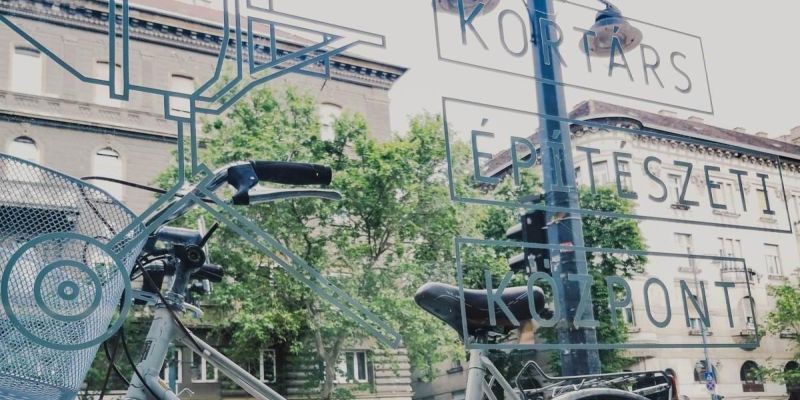Hungarian Contemporary Architecture Centre (KÉK)

Hungarian Contemporary Architecture Centre (KÉK)
The Hungarian Contemporary Architecture Centre (KÉK) has grown over the past nearly two decades into a key independent professional institution in Central Europe. Our activities go far beyond the traditional interpretation of architecture – we operate with a holistic approach that recognizes the inseparable connection between shaping the built environment and addressing the greatest challenges of our time.
Interdisciplinary Approach
In the era of climate change and global ecological crises, architecture and urban development cannot be addressed in isolation. Through our work, we connect diverse and seemingly distant fields to foster innovative professional collaborations and discover novel solutions. Our projects encompass not only the disciplines of architecture and urbanism but also aspects of ecology and environmental science, sociology and health science, economics, as well as culture and the arts.
Our Professional Activities
Our work is built on three main pillars:
- Cultural programs: organizing exhibitions, conferences, festivals, and thematic tours
- Research and development: analyzing urban areas and designing innovative development programs
- Community initiatives: operating the Community Gardens project and implementing other participatory projects
Knowledge Sharing and Collaboration
KÉK plays a central role in:
- Sharing professional knowledge through training and mentoring programs
- Providing expert support for urban development programs
- Building domestic and international professional networks
- Developing innovative content
Building the Future
Our centre, functioning as a co-working space, event venue, and gallery, serves as an open workshop aimed at connecting all disciplines that can contribute to creating a climate-conscious, sustainable future, beyond the fields of architecture and urban development.
Our strengths lie in fostering broad participation, conducting complex analyses, and promoting an innovative perspective. These enable us to build bridges between diverse disciplines, decision-makers, and urban communities.